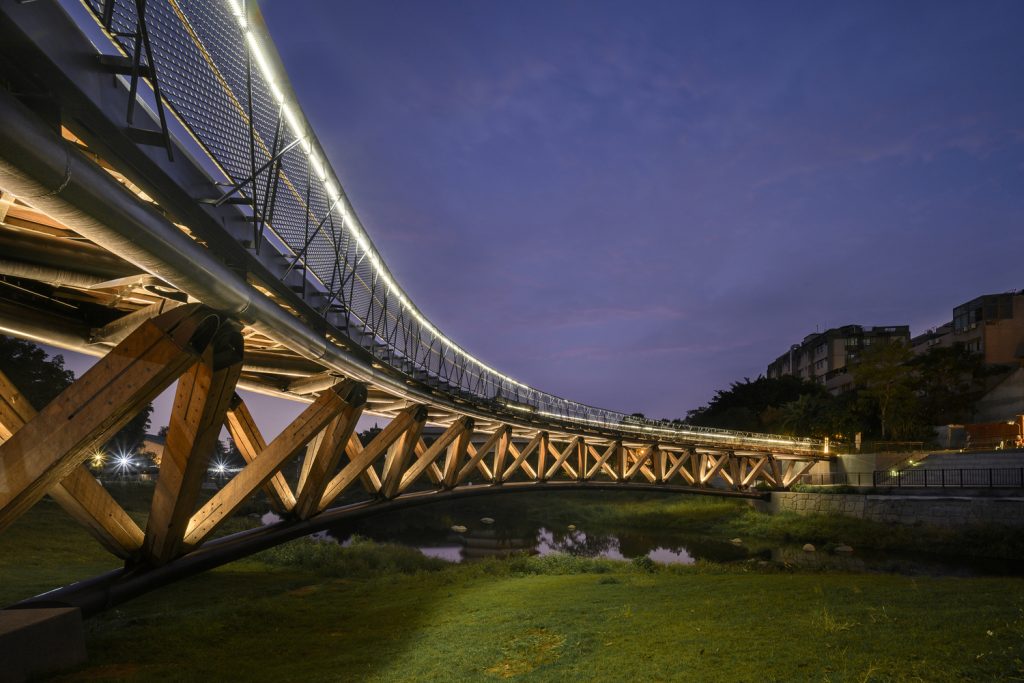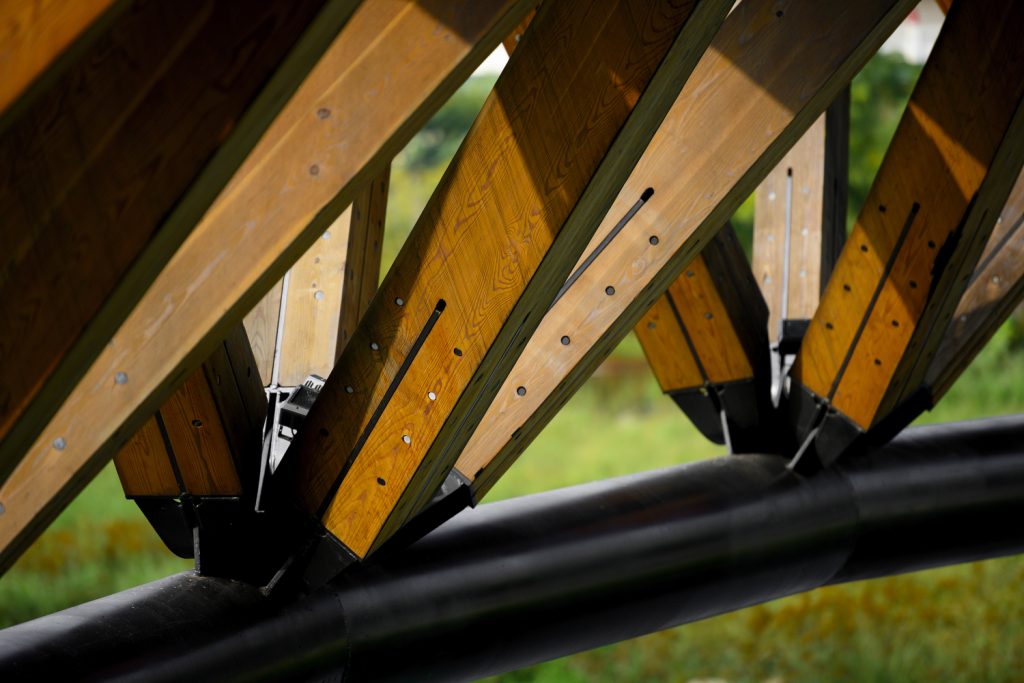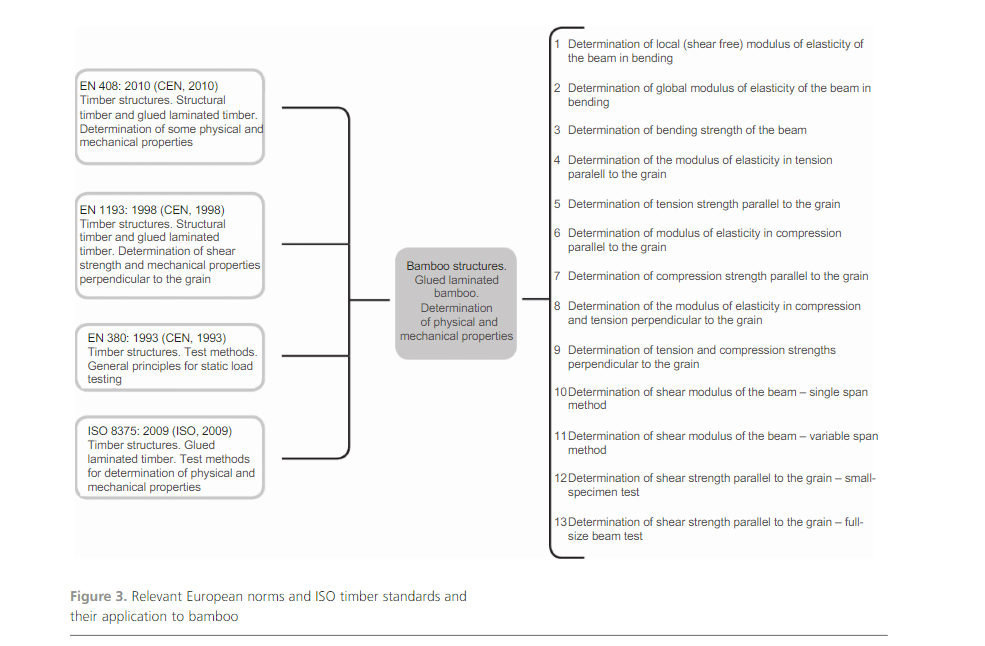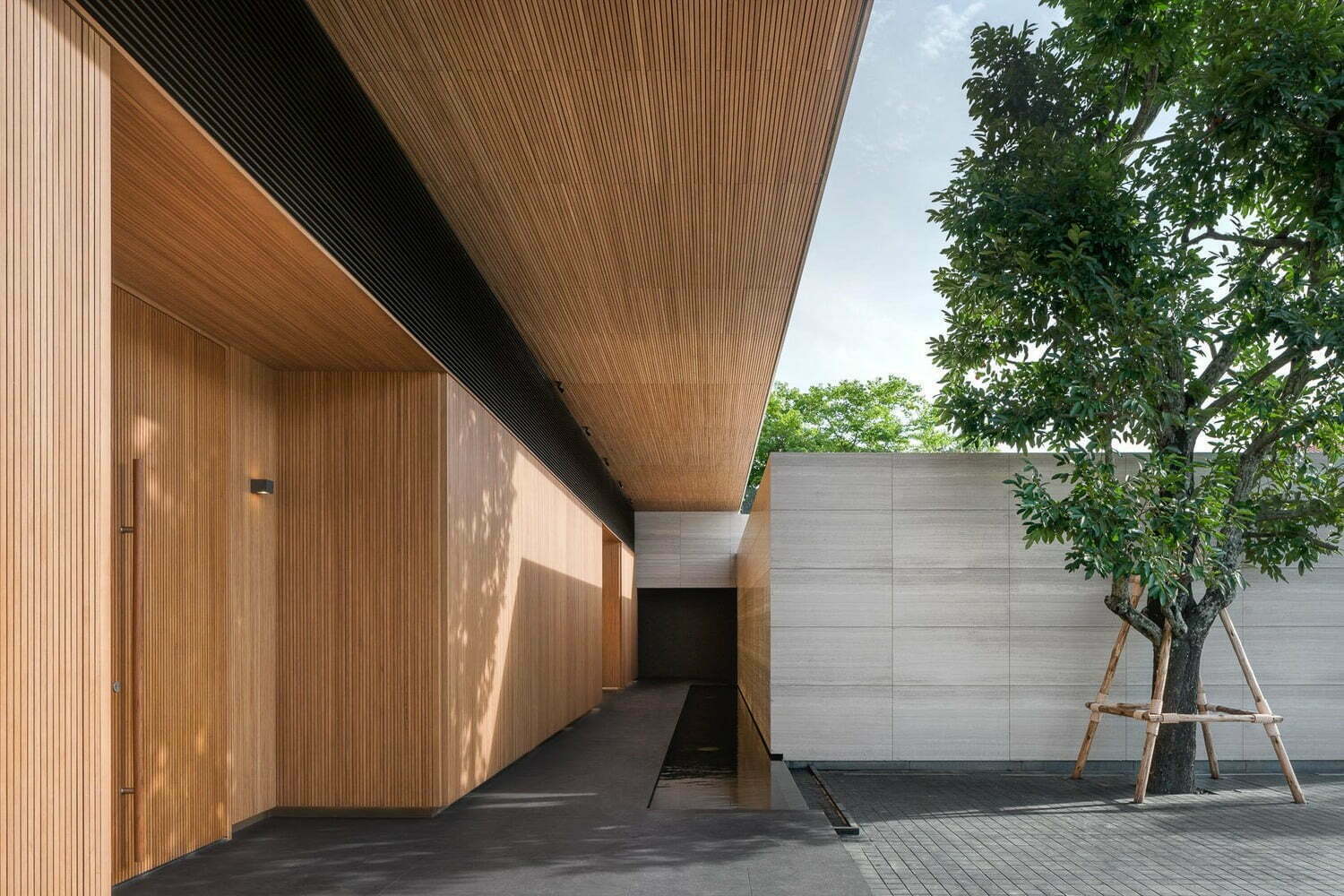Cross Laminated Timber vs. Cross Laminated Bamboo: Which is Better?
If you are considering using cross laminated timber for construction, then perhaps you should consider cross laminated bamboo. Both materials have their pros and cons, but which is the better option?
Renewable resource
Timber and bamboo are both renewable resources. The Forestry Corporation says, “Timber is one of the most sustainable building materials available and is known as the ultimate renewable. The forests that produced the timber floors, fences and frames that you find in most homes are continuing to regrow and produce more timber products every day. Taking into account the energy required to transform raw materials into building products and the fact timber stores carbon for the whole of the product’s life, timber has a much smaller carbon footprint than other popular building materials”



But the World Bank anticipates timber demand will quadruple by the year 2050 and there is great uncertainty surrounding where all the additional timber will come from. In 2022 worldwide trade restrictions and sanctions were applied to the country providing one quarter of the world’s softwood, as certified by the Forest Stewardship Council (FSC). Their exports of sustainable timber and biomass were severely disrupted and led to many countries lifting logging restrictions on their own forests to make up the shortfall and meet demand. So supply constraints not only trigger illegal logging in the developing world, they provide an excuse to log certified forests faster. Even today the World Bank estimates that between 15% and 30% of the world’s timber is sourced illegally!

Softwoods are conifers and normally have needle-like leaves (pine, fir, spruce, larch, cedar). They grow quicker, in as little as 25 years, and are cheaper, softer and easier to work. They are the source of approximately 80% of the world’s production of timber and occur in greatest volume in Russia, North America and northern Europe.
Hardwoods generally have broad leaves and often a dark-coloured wood (oak, ash, elm, beech, birch, teak) and are generally found in temperate and tropical rainforests. These trees can take 30-50 years to grow high quality harvestable timber.
Almost all native timbers harvested in NSW are from hardwood species (eucalypts) which grow in tall native forests along the coast and tableland. [timber nsw]
In Australia, most softwood timber is grown in plantations using exotic species, most commonly Radiata Pine and various Southern Pines, although Cypress Pine is harvested from dry native forests located west of the Dividing Range. In Australia, state forests are managed responsibly and sustainably to ensure we can harvest the same amount of timber in 100 years as we do today. About 1 percent of the area under management is harvested, ensuring the maintenance of forest health, habitat and a sustainable supply of timber. But is the rest of the world so careful with this resource?
In the past ten years China’s forest areas have been reduced by 23.1% and wood production volume by 22%.]
The Food and Agriculture Organisation reported in April 2021, there were 35 million hectares of bamboo around the world while INBAR estimates bamboo forests may cover as much as 50 million hectares of land. Bamboo is native to the tropical and sub-tropical regions of Asia, the Americas, Australia and Africa, with every continent having native species, however non-native species still grow in Europe and Antarctica. China accounts for one quarter of the worlds total bamboo, with half in man-made forests. They produce 20-30 million tons of bamboo culms and 3.2-4.0 million tons of bamboo shoots annually.

Bamboo is the fastest growing land plant in the world reaching maturity in 3-5 years. Each spring new culms emerge from the rhizome (root) at the diameter they will be when fully mature, increasing in diameter and height as the grove develops. They grow to their full height in a single growing season (40-60 days) and reach full stalk thickness in 4-8 years.
A grove of bamboo releases 35% more oxygen than an equivalent grouping of trees and their root system serves as a natural water purification filter. It out yields pine 6 to 1 in biomass production and has a structure that is stronger than steel, high elasticity and wear resisting characteristics.
Creation of Cross Laminated Panels
Cross lamination involves stacking 3-7 layers of kiln-dried lamellas at 90 degrees to the layer below and bonding the lamellas together with adhesives before pressing to create one solid panel. Cross lamination helps to achieve structural strength and high dimensional stability in both directions as well as reducing shrinkage.
The thickness allows cross laminated materials to be used as a stand-alone structural element and is a high value alternative to reinforced concrete or other mineral based solid construction materials.
Cross laminated timber is generally manufactured from softwood species as they are lighter and less dense as well as more flexible than hardwood.
Wood lamellas are made by drying sawn timber to a relatively low degree of humidity, approximately 12%, and then sawing the dried pieces into relatively thin timber slices with a thickness of no more than 2-3mm with a band saw. Defects are removed from the lamellas which are trimmed and joined to create the correct length of lumber. Panels are then assembled by placing the lamellas side by side, stacking, gluing, pressing and finally fabricating.
The typical process for making laminated bamboo is similar to glue-laminated timber. The culms are split lengthwise to strips and the outer skin (bark) is removed. The material is planed and treated (bleached or caramelised) before drying. The strips are then glued and stacked and pressed to form a laminated material. Laminated bamboo can be either horizontal, vertical, or both and is used for flooring, beams, boards, wall panels, plywood, furniture and cabinetry.

Similarities between CLT and CLB
Cross laminated material is 20% lighter than concrete which reduces foundation loads and distribution requirements. Construction is 30% faster than traditional methods as the materials are pre-engineered and prefabricated and the high precision in manufacturing results in a very dimensionally stable product. Species, glues, treatments and applications are additional factors in the durability of cross laminated materials. Cross laminated panels are currently used as structural walls and floors and can span up to 7.5m with no intermediate support, beams can be made up to 24m in length. The solid cross section of CLT makes it possible to achieve very good acoustic performance for both ceilings and walls and it is fireproof and water resistant.
| PROPERTIES | Cross Laminated Timber | Cross Laminated Bamboo |
| Load Bearing | ✔ | ✔ |
| High strength with structural simplicity | ✔ | ✔ |
| Lighter environmental footprint | ✔ | ✔ |
| Two-way action capability similar to a reinforced concrete slab. | ✔ | ✔ |
| Better structural properties than sawn timber | ✔ | ✔ |
| Structural performance can be enhanced by removing imperfections in the original timber | ✔ | ✔ |
| Thermal performance / Energy Efficiency: This is due mostly to the high thermal mass | ✔ | ✔ |
| Increased Acoustic Performance | ✔ | ✔ |
| Structural simplicity | ✔ | ✔ |
| Lighter environmental carbon footprint | ✔ | ✔ |
| Seismic Performance | ✔ | ✔ |
| Fire Resistance: high level of fire resistance due to its cross sectional thickness and air tight construction | ✔ | ✔ |
| Imporved Draught Proofing: almost zero air leakage | ✔ | ✔ |




Benefits of CLB over CLT


Cross Laminated Timber (CLT) is known for its strength and durability and has a much higher strength to weight ratio than concrete (1:4) or steel (5:4). In some applications, bamboo based materials are used for the transverse layer of a CLT panel to improve the rolling shear strength of the transverse layer.
Cross Laminated Bamboo (CLB) is lighter in weight and has up to three times the structural capacity as CLT and a greater tensile strength than steel. It absorbs more carbon, uses less energy, has less formaldehyde and greater negative carbon dioxide emissions. But perhaps the greatest benefit is productivity with it outstripping timber production by three to one. This makes it THE number one sustainable cross laminated material.
Benefits
So how can we use cross laminated materials? With similar characteristics to a pre-cast concrete panel, structural walls and floors are the most common uses, but they can also be used for ceilings, interior roofing, structural beams and furniture.
Both CLT and CLB:
- are assembled and cut in production – already foreseeing the joints, openings and drills specified in design
- can be used throughout an entire building
- replace heavy steel and concrete
- excellent strength to weight ratio
- have thermal benefits as there is very little air leakage within the building envelope
- are renewable building materials
- store carbon from the environment
- are green product
But CLB outperforms CLT in strength, thermal benefits, carbon storage and productivity per hectare. Consequently, CLB is the premier cross laminated material. It offers endless resources and better features than CLT, making it an excellent choice for sustainable construction. With its superior strength to weight ratio, rapid production rate and its carbon storing abilities it is no wonder why building designers and architects are more frequently turning to Cross Laminated Bamboo.

Cost
Overall, both materials have their advantages and disadvantages, but CLB may be the better option if you are looking for a renewable and durable material that is cost-effective. It can also provide a unique aesthetic to your building project, making it stand out from the rest.
Certification
Building codes and standards provide homogenous regulations and specifications for construction. Countries all over the world have adopted different codes and standards, making cross-certification of products like CLT and CLB difficult.
CLT standards have been developed in North America, Europe, Japan and ISO and are under development in Africa, China, Brazil and Australia. [2022 Overview of Cross Laminated Timber]
Acceptance of non-conventional structural materials, as in the case of carbon fibre, typically takes more than 30 years. Structural bamboo and engineered bamboo have both reached the initial and specialised market phases and are on the cusp of being deployed as mainstream products. While the movement forward is positive, the adaption of bamboo as a building material requires not only technological substitution but also a holistic transformation.
ISO has determined that the characterisation of CLB should be conducted based on national standards for plywood. China, Colombia, Ecuador, India, Peru and the USA all have standards regarding using bamboo in structural design, with the USA (ASTM, 2013) being the first to recognise laminated veneer bamboo as a structural product.
The adoption of timber standards is an initial way to create widely marketable CLB products which are analogous to CLT.

If you’re considering CLT it is clear that CLB is a clear alternative with the added benefit of providing a supply source that is continuous and less harmful to our biodiversity. Considering CLB has a higher tensile strength than CLT and is more productive even though the cross lamination process for CLB is the same as for CLT. Overall, it seems like using CLB is the better choice. If you haven’t already it’s time to start using bamboo in your construction projects, isn’t it?

